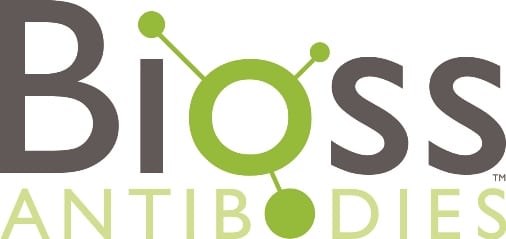E. coli expression systems are the most commonly used hosts for the expression of recombinant proteins. They are popular among researchers and industrial users because of their advantages of complete gene sequencing, availability of different expression strains, fast propagation, easy culture, mass production of target proteins, and low production cost.
However, to pursue its highly expressed nature, the E. coli expression system may be engaged at higher temperatures, with higher concentrations of inducers, or using a strong promoter system to speed up protein translation and production, resulting in misfolding or incomplete folding, and easily producing insoluble protein aggregates, inclusion bodies. The production of inclusion bodies is related to the protein production mechanism of the prokaryotic expression system, unlike the eukaryotic expression system, which has post-translational modification (PTM) and chaperone proteins that help proteins to fold correctly. The mechanism of forming inclusion bodies remains unclear, but the fact that inclusion bodies are hard to degrade by proteases, and can be easily precipitated and collected by centrifugation, allows us to easily collect a large amount of high-purity recombinant proteins. We can then restore the protein activity through in vitro solubilization to denature and refold them.
There are four main steps to recover inclusion bodies into active native proteins, namely washing, solubilization, refolding, and purification, among which solubilization and refolding are the most critical steps, as explained below:
Washing
Prior to solubilization, the inclusion body is usually washed to remove impurities such as DNA, RNA, and membrane proteins from E. coli. Usually, low concentration of denaturant such as 1-2M Urea, and 1% Triton X-100 is used.
Solubilization
In inclusion bodies, recombinant proteins are in a misfolded state. To solubilize inclusion bodies, we need to stretch misfolded proteins into non-folded polypeptide chains, by completely breaking non-covalent bonds such as hydrogen bonds, van der Waals’ forces, hydrophobic bonds, etc. and meanwhile utilizing β-ME (reductant) to open the disulfide bonds. Commonly used denaturing agents are 6M guanidine hydrochloride (GuHCl), 8M urea, 0.3% Sarkosyl (sodium lauroyl sarcosinate), or SDS (sodium dodecyl sulfate).
Refolding
Protein refolding refers to the removal of denaturing agents to restore the target protein from a fully extended denatured state to a normal folded structure, and the removal of reducing agents to allow the formation of disulfide bonds to restore the secondary and tertiary structure of the protein. The following methods are commonly used for protein recovery.
- Dialysis: By gradually reducing the concentration of denaturant in the external dialysate, the concentration of denaturant inside the dialysis tubing is also gradually reduced. It takes a long time and is easy to form inactive protein polymers, so it is usually used in the research lab and not suitable for large-scale industrial applications.
- Dilution: Add the denatured protein directly to water or buffer solution to reduce the denaturant concentration and allow the protein to refold, which needs to be placed overnight. The disadvantage is that it increases the volume, but it is the simplest and most effective method and easy to operate. The final concentration of the diluted protein is generally controlled below 0.01mg/ml to prevent the formation of large amounts of protein precipitation and improve the recovery rate.
- Size exclusion chromatography: By using column chromatography technology, proteins, and small denaturants can be separated by size, facilitating solution exchange and protein folding recovery. Moreover, gel filtration enables refolding of proteins at high concentrations, yielding large amounts of active protein with a modest degree of purification.
Purification
The purification of recombinant proteins generally uses molecular sieve (Size exclusion), anion exchange resin (Anion exchange), and affinity resin (Affinity) chromatographic methods. According to the characteristics of different recombinant proteins, corresponding chromatographic columns can be selected to carry out protein purification.
The dissolution and refolding of inclusion bodies is a challenge faced by every researcher who is using the E. coli expression system to produce recombinant proteins. Bioss Antibodies’ professional R&D team is committed to assisting you in solving these issues and promoting your research projects with their expertise in antibody research and recombinant protein development.
